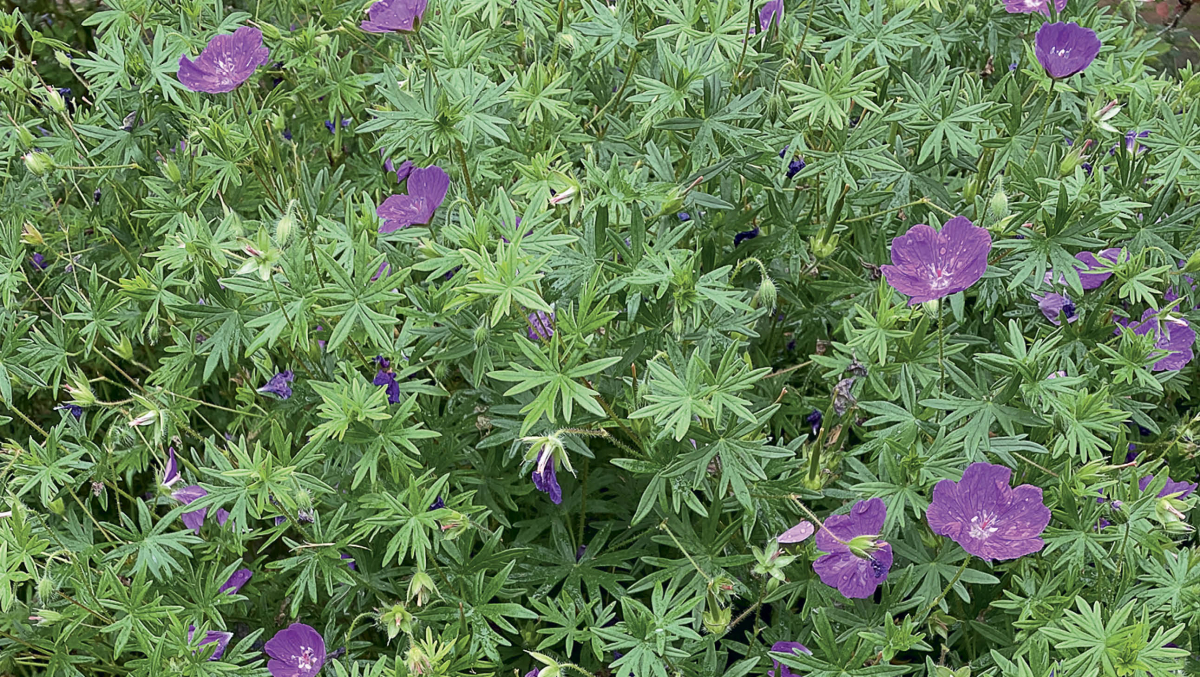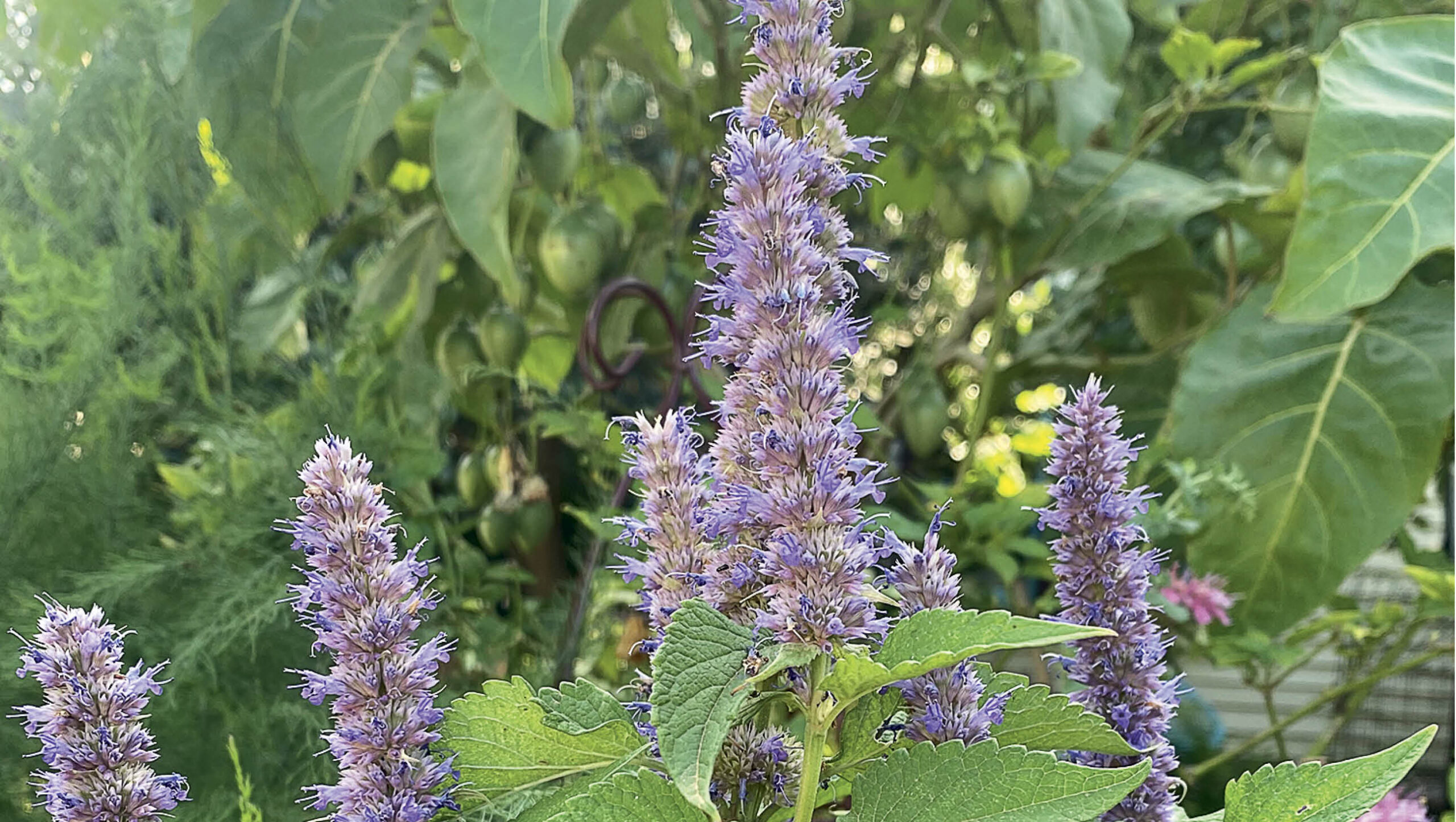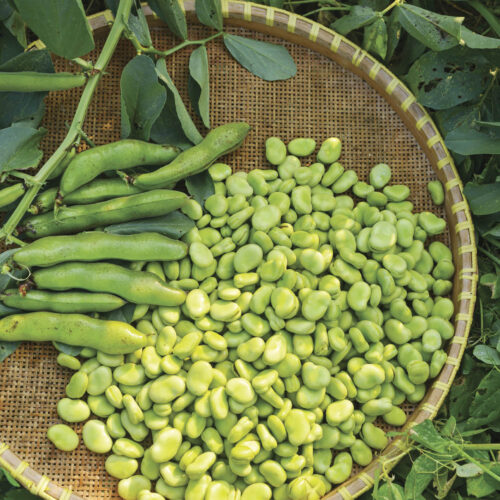Herbaceous perennials to plant in winter for spring
2022-07-21T07:15:50+10:00
Plant herbaceous perennials now for flowers in spring and beyond. Try these suggestions from Karen Sutherland.
Herbaceous perennials flower during spring, summer and autumn and die back in winter, resprouting in spring. These plants have stems that remain soft and don’t become woody like trees or shrubs. Winter is the time to dig up and divide them for replanting in different parts of your garden and is also the best time to buy them. Some nurseries sell bare-rooted clumps, although most mail order nurseries sell in pots. Plant bare-rooted in winter, or all-year-round from pots.
Before planting, prepare your soil by spreading 25mm of compost and 10mm of manure (both well rotted) over damp soil. Use a fork to incorporate this to a depth of 30cm. Some herbaceous perennials can be grown from seeds, which are best sown from late winter to spring. Here’s two to try in your backyard.
Anise hyssop or Liquorice mint
Agastache foeniculum
Anise hyssop is the only Agastache I’ve found that thrives in shade, so it’s great for bringing beneficial insects into a shady garden. Equally at home in full sun, the abundant flowers also attract butterflies. The tiny florets are edible and can be plucked off to use as a garnish. The fragrant leaves make a delicious liquorice-tasting tea and can be used in salads and fruit salads. Native to central North America and used by indigenous people there for respiratory problems. Cut plants to ground level after they die back in winter. They may self-seed. Plants tolerate some dryness but flourish with regular watering and rich soil. The many other Agastache cultivars are best planted in partial or full sun.
- Height: 1m
- Width: 40cm
- Sun/Shade: Full sun or semi shade
- Flowers: late spring-autumn
- Climate zones: subtropical; arid/semi-arid; warm temperate; cold temperate
Bloody Cranesbill
Geranium sanguineum
This is one of the easiest flowering perennials to grow and makes a great filler for the front of garden beds. It can be used as an edging plant and does a lovely job of softening a wire or picket fence by poking through it. Unlike some herbaceous perennials with their flowering time measured in weeks, this flowers from spring to autumn. It develops deep tap roots, enabling survival when water is scarce. If you want to plant a long border of these, look out for tube stock which can save some pennies. It also grows well in a pot. Plants don’t die back completely in winter but can be cut back to tidy up. Various cultivars of this plant are available, including a white flowering version.
- Height: 20cm
- Width: 40cm
- Sun/Shade: Full sun or part shade
- Flowers: late spring-autumn
- Climate zones: subtropical; arid/semi-arid; warm temperate; cold temperate

For more herbaceous perennials to plant in your garden, get the Winter 2022 issue (OG 134) of ABC Organic Gardener magazine.







